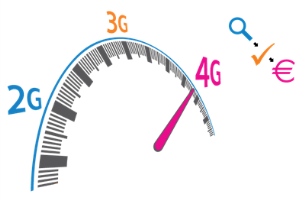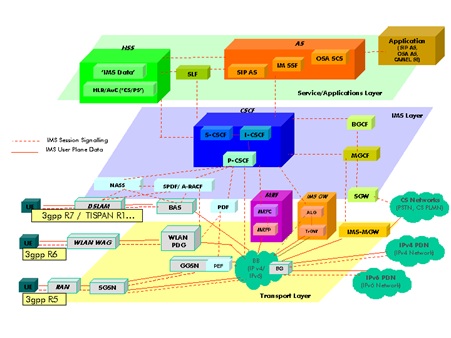Planning ahead for LTE from a spectrum perspective
With mobile data currently growing globally at anything up to 70 per cent per annum (see diagram) , operators need to get more capacity out of their networks to successfully compete in an increasingly data centric world where customer expectations are rising. In the markets where 4G mobile data has taken off rapidly, speed has generally been one of the main marketing messages used to sell the service. Low capacity will increasingly lead to a poor customer experience and create opportunities for rivals with less congested networks. As we move into the data world we therefore believe that network quality (both capacity and coverage) will remain an important differentiator for operators wanting to avoid competing on price only.
Clearly LTE (with wide carrier bandwidths) offers significant advantages versus HSPA, such as higher user data speeds and reduced latency while offering the operator much lower cost capacity and higher network efficiency. However these benefits can only be realised if the operator has the right spectrum holdings to exploit these advantages in the first place.
Although it is very situation dependent, from working on numerous LTE and spectrum projects around the world, we believe that the best way that an existing operator can ensure it has a competitive network position is to secure a small number of wide LTE carriers; fragmented holdings should be avoided wherever possible. Also a good mix of high and low band spectrum is required to ensure that there is sufficient capacity and coverage in the network. Ideally an operator should aim for at least 2x10MHz of sub 1GHz spectrum for coverage (rural and in building), while for capacity one or more carriers of 2x20MHz at higher frequencies (preferably 1800 MHz) ought to be the target. Operators need to consider if they can re-farm spectrum to get some advantage.
Failure to secure the ideal spectrum holdings does not however, mean that an operator is in a hopeless position, but it will certainly make life much harder.
There are various fall back strategies that an operator can pursue to overcome fragmented holdings. First of all, LTE-Advanced technology will in the future enable spectrum holdings to be aggregated, but this is not a fix that operators can rely on in the short term given that it will take time to come to market on both the infrastructure and device side. In theory spectrum trading, swapping or sharing may be permissible in many markets but again this is not a silver bullet as spectrum trades usually involve intense negotiations between rivals who will not give anything away cheaply to help a competitor. In addition, such transactions usually need the approval of competition authorities, which can be lengthy processes with a far from guaranteed outcome. There may also be significant transaction costs – for example, any profits will be subject to capital gains taxes.
One final issue that operators need to consider carefully when determining their preferred LTE spectrum holdings, is that they should always aim to secure spectrum that is aligned with standardised regional bands. This means that, they will have access to as wide a range of devices as possible which will also be vital from a commercial point of view as many consumers make their handset choice before selecting their operator.
































Written by Benny Har-Even
on 13 Jun 2013
Leave a comment